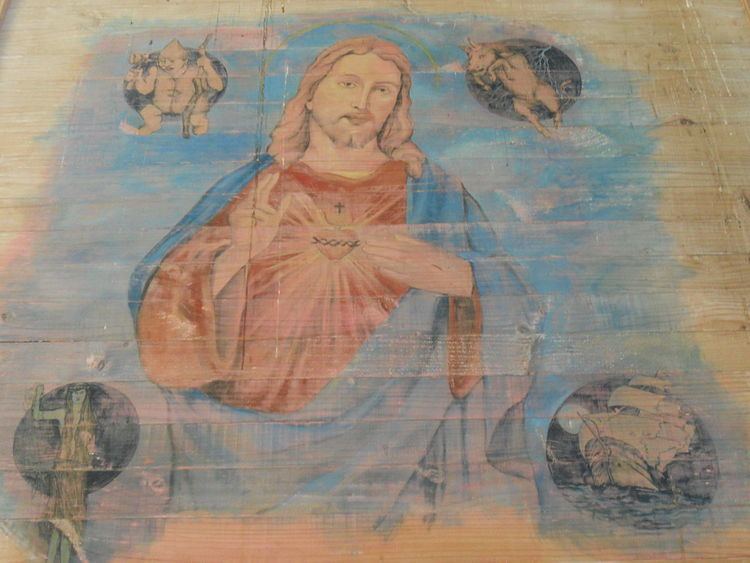 | ||
The Chilote mythology or Chilota mythology is formed by the myths, legends and beliefs of the people who live in the Chiloé Archipelago, in the south of Chile. This mythology, reflects the importance of the sea in the life of Chilotes.
Contents
Chilote mythology is based on a mixture of indigenous religions (the Chonos and Huilliches) that live in the Archipelago of Chiloé, and the legends and superstitions brought by the Spanish Conquistadores, who in 1567 began the process of conquest in Chiloé and with it the fusion of elements that would form a separate mythology.
Chilota mythology flourished, isolated from other beliefs and myths in Chile, due to the separation of the archipelago from the rest of the Spanish occupation in Chile, when the Mapuches occupied or destroyed by all the Spanish settlements between the Bío-Bío River and the Chacao channel following the disaster of Curalaba in 1598.
The Gods of Chiloe
The gods played an important role in Chiloe's mythology. There were deities that were very powerful, such as Pillán, who was the god of lightning and producer of destructive volcanic eruptions. Auchimalgen defended the people from dangerous and evil spells, saving many people's lives. There were also many evil gods, such as Huecuvus, who caused sickness and unfavorable climate changes. Many gods were murderous as well as evil. Gods such as Chonchonyi, who sucked its victim's blood until they died, as well as Pihuechenyi, a vampire god who sucked blood from "sleepy Indians," are prime examples of how nefarious some gods could become. With a balance of good and evil, represented by gods, a new generation of monsters and legends that shaped the identity of the island's culture was born.
Hierarchy of mythical creatures
The highest rank belongs to Tenten Vilu and Caicai Vilu, who, in a legendary, titanic battle, created the Archipelago. Below Caicai Vilu is the Millalobo as the king of the seas, and his wife, the Huenchula. Their three children, the Pincoy, the prince of the sea, and the Pincoya and Sirena chilota, princesses, aid them in the work of ruling the seas. Below these are the different mythical creatures, given ranks by the Millalobo.
Earthly creatures have no hierarchy.
Human Beings in Mythology
Certain people are said to have magical powers. Witches have the ability to fly and have various creatures such as the Invunche under their command. In addition there are machis, people who play an important role in Mapuche culture and religion, though their functions and characteristics for the Chilote are somewhat different.
Legends and mythical creatures
Myths and mythical creatures of Chiloé, in southern Chile include:
Media
The myths from Chiloe appear in The Luke Coles Book Series by Josh Walker, a Young Adult Urban Fantasy series where the myths form the base for much of the lore in the novels.
